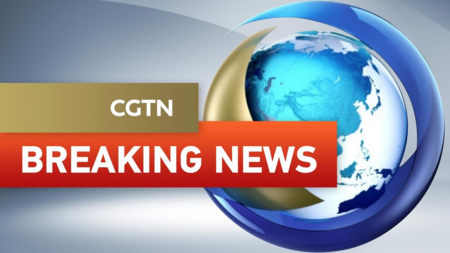Trump's Tariff Math: A Puzzling Impact on Global Trade
U.S. President Donald Trump's latest tariff formula is turning heads worldwide, mixing straightforward math with unexpected consequences that hit some of the world's poorest nations hard 😮. The method is simple: take the U.S. goods trade deficit with a country, divide it by that country's exports to the U.S., and cut that figure in half – with a minimum rate of 10%.
This quirky calculation has led to low tariffs for unusual cases. For example, the frozen islands near Antarctica, home to adorable penguins 🐧, get the base rate of 10%. On the flip side, poorer nations are facing steep levies. Madagascar, which sent $733 million in exports including vanilla, metals, and apparel, now faces a 47% tariff. Similarly, Lesotho and Cambodia are hit with tariffs of around 50% and 49% respectively.
John Denton, head of the International Chamber of Commerce, remarked, "Presumably, no one is buying Teslas there," highlighting the irony of a policy that seems to miss its mark. Critics warn that such blunt measures could strain economies already battling challenging trade conditions, further dampening development prospects.
This debate raises an important question: Can a simple math formula balance trade fairly, or does it end up burdening those who can least afford it? Join the conversation and share your thoughts on this unconventional approach to trade policy!
Reference(s):
Trump's tariff formula confounds the world, hitting the poor hardest
cgtn.com



